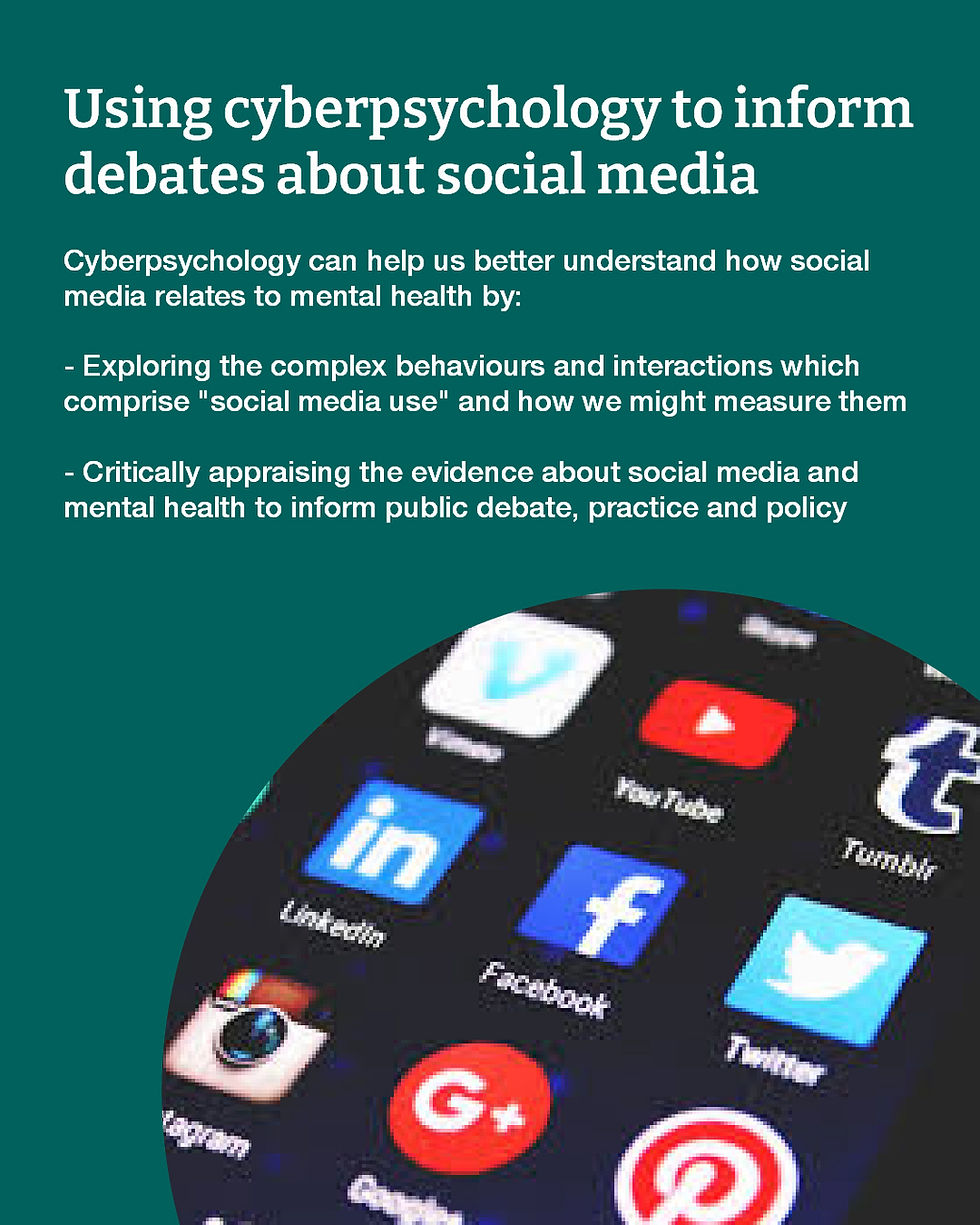Communicating in non-academic terms
- LindaKKaye

- Aug 4, 2022
- 2 min read
I've previously written blog posts about research impact which has outlined how academic work can be aligned to non-academic activities broadly under the umbrella of external engagement. These have included resources and reflections on how this can be achieved.
This blog post more specifically is targeted towards the communicational aspects of external engagement, especially when considering activities such as research impact work or knowledge transfer and exchange (KTE).
No matter what your discipline or topic of work, these sorts of activities have commonalities:
A requirement to clearly specify who your stakeholders are
Being able to communicate how and why your insights are useful to them
Whilst academics have a high level of competence in academic planning and dissemination, my general observations are that we often struggle with communicating our academic insights in terms which are stakeholder-centric (ie. make sense to the specific audience of interest by using their language).
Taking the specific example of knowledge exchange, as per the Knowledge Exchange Framework (KEF), this has specific areas of activity in which universities are measured based on their collaborations with external partners such as businesses or community groups, for the benefit of the economy and society.
It isn't always obvious to external partners how university research may support their work and as such, we can do more to communicate our work in more accessible and stakeholder-centric terms (see a previous blog post on some related points on this).
I have included some examples below from my own work to give some ideas of how research can be explained in such terms:


Here is your very own blank template to do your own mapping. I hope this may support your own KEF or REF impact planning activities- enjoy!



Comments